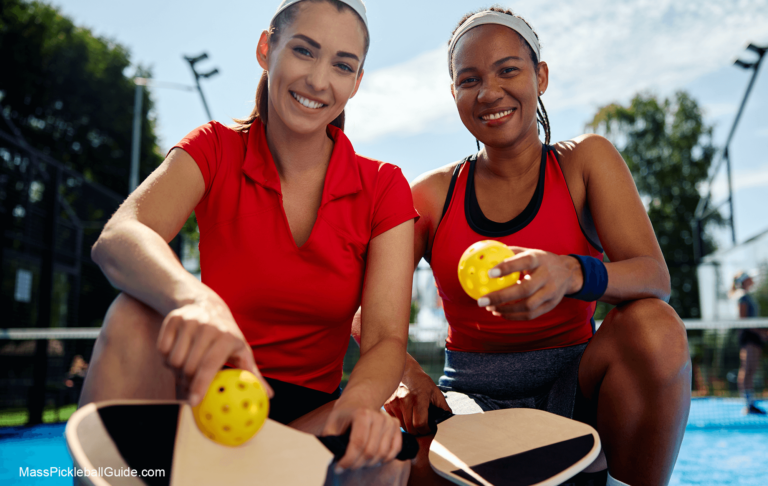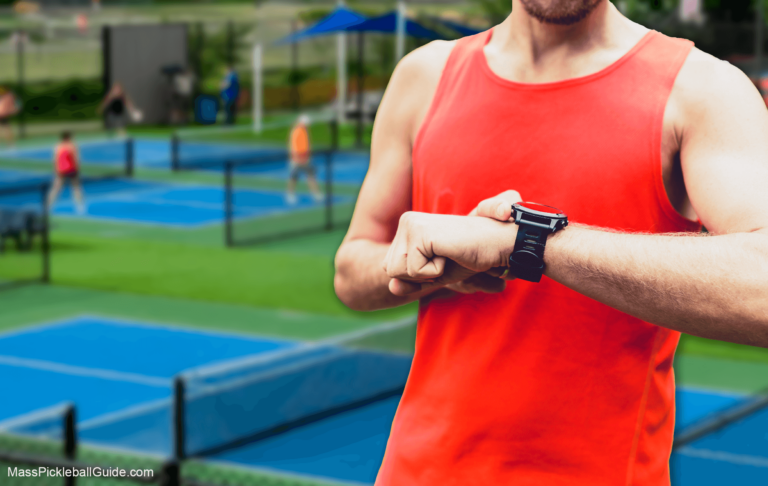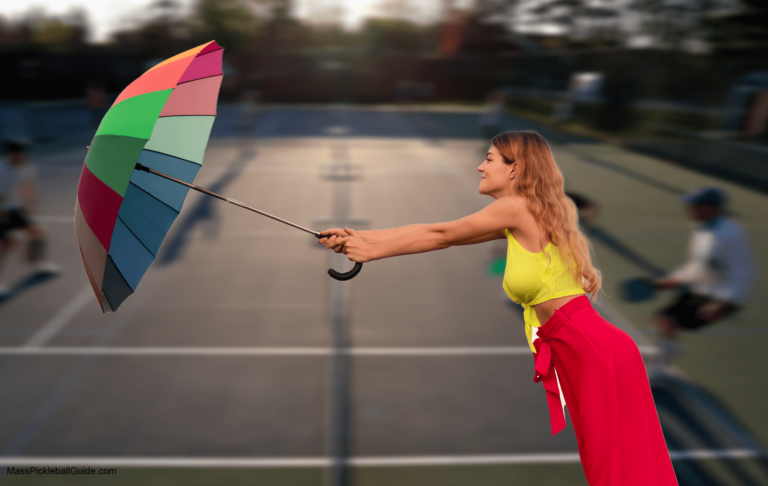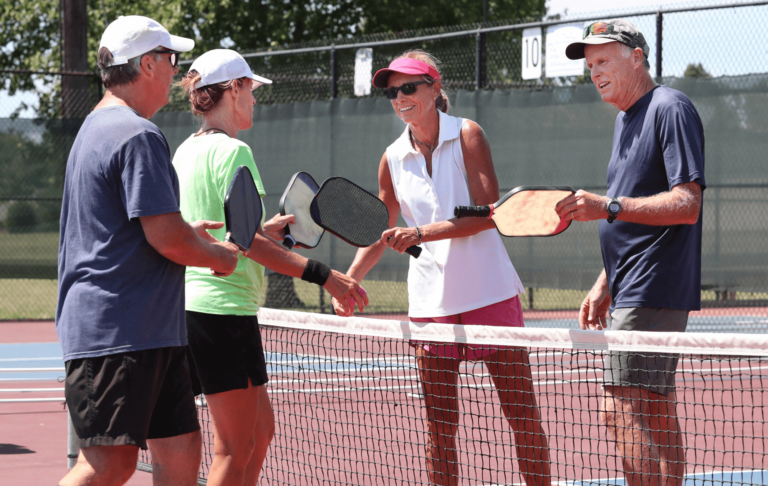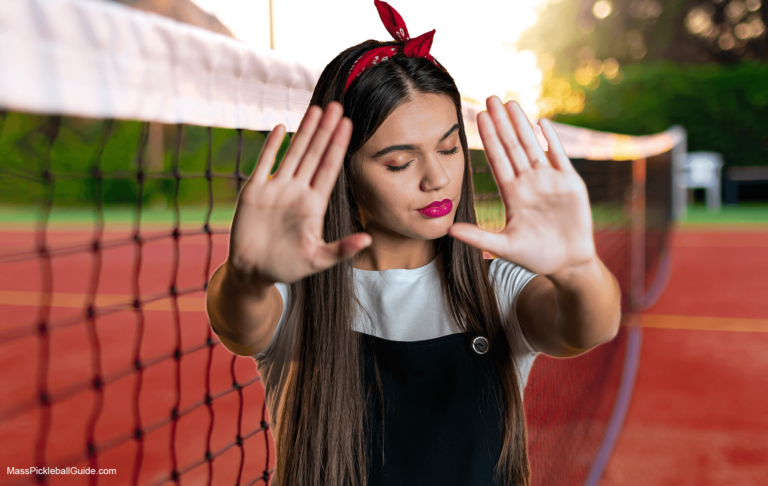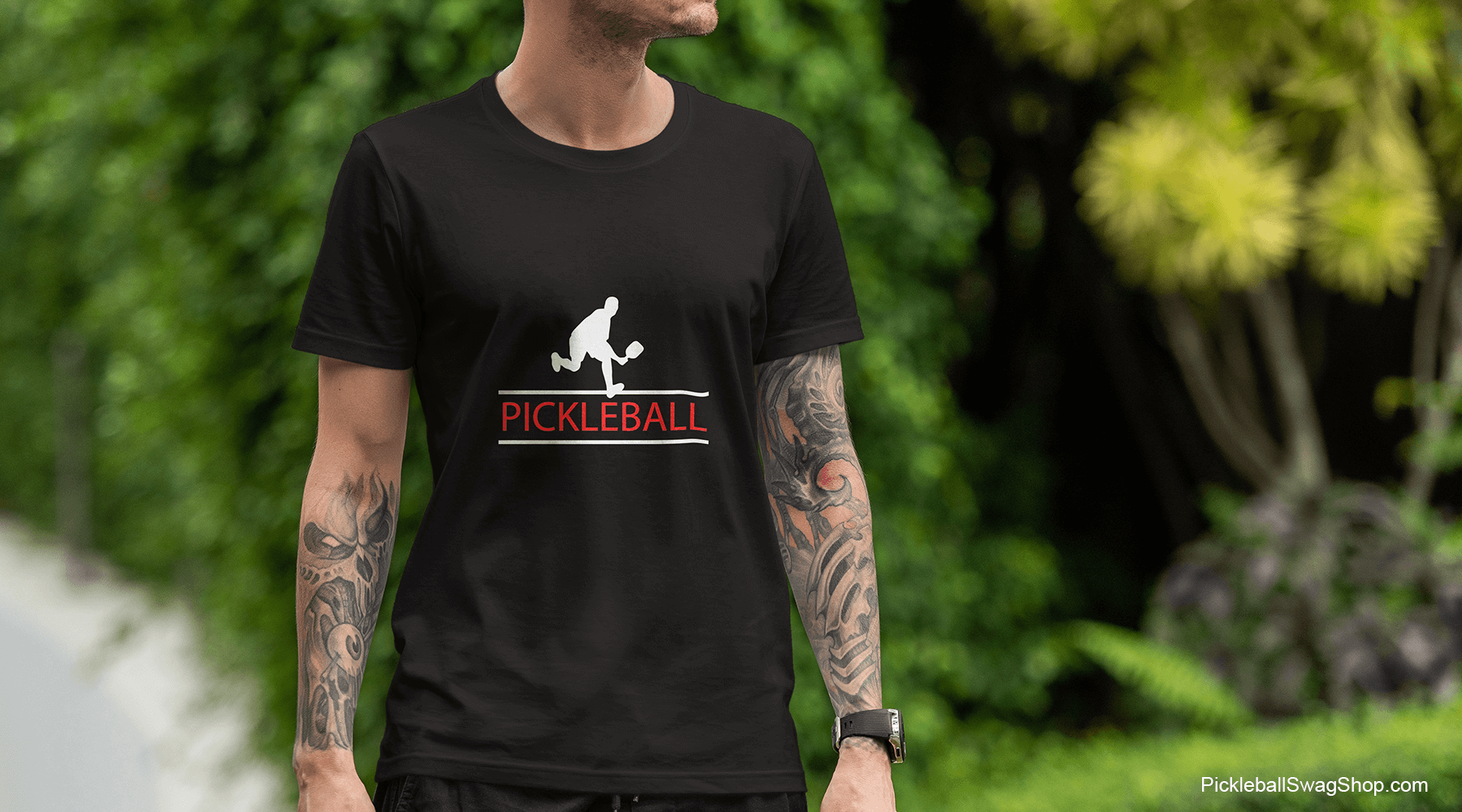Pickleball Defensive Plays: Tips & Strategies
kickin’ butt
Pickleball demands not only offensive skills but also strategic defensive plays. You cannot be great at one and useless at the other; you’ll lose games and you will never have any fun. In this comprehensive guide, we delve into various aspects of defensive tactics in pickleball, ensuring players at all levels can enhance their game.
Your Key Takeaways
| Key Point | Details |
|---|---|
| Defensive Strategies | Insights on effective defensive plays in pickleball |
| Solo Practice | Tips for practicing defensive plays alone |
| Adapting to Wind | How to adjust defensive tactics in windy conditions |
| Doubles Stacking Strategy | Utilizing defensive strategies in doubles play |
| Skinny Singles Dynamics | Adapting defense in the skinny singles format |
Defensive Strategies in Pickleball
Understanding the defensive aspect of pickleball is crucial for players looking to elevate their game. Defense in pickleball isn’t just about preventing points; it’s a tactical approach to turn the tide in your favor. The essence of a strong defensive play lies in anticipation and reaction. By correctly reading your opponent’s movements and shots, you can position yourself strategically and make effective returns.
Incorporating drills from “Top Solo Drills” into your routine can significantly improve your defensive skills. These drills focus on reaction time, footwork, and paddle control, all vital for a robust defense.
Adapting to the Wind
Playing pickleball in windy conditions requires specific adjustments, especially in defense. The article “How Wind Impacts Your Pickleball Game” offers valuable insights into adapting your defensive strategy when playing in the wind. Key adjustments include positioning, paddle grip, and shot selection, which can significantly influence your defensive effectiveness in challenging weather.
Double’s Stacking for Defense
In doubles pickleball, ‘stacking’ is a strategic arrangement where players align themselves in a specific formation to maximize their strengths. The article “Pickleball Doubles Stacking” highlights how this strategy can be effectively used in defensive scenarios. By stacking, you can cover the court more efficiently and anticipate offensive shots from your opponents, leading to stronger defensive positioning and play.
Skinny Singles and Defense
Skinny singles pickleball, a variation of the game, offers a unique challenge defensively. In this format, players use only half of the court, which changes the dynamics of defense. The article “Skinny Singles Pickleball” explores tactics that are particularly effective in this format. Key strategies include quick lateral movements, sharp reflexes, and targeted shot placement.
Solo Practice for Defensive Mastery
Practicing alone can be highly effective in honing your defensive skills. The article “Pickleball Practice Solo” provides a range of drills and techniques that you can perform without a partner. These drills focus on improving your agility, paddle control, and ability to read and react to shots, which are essential for a solid defense in pickleball.
Positioning and Movement: The Cornerstones of Defense
Effective defense in pickleball heavily relies on proper positioning and movement. Being at the right place at the right time can often mean the difference between a point won or lost. One key aspect is maintaining a balanced stance, ready to move in any direction. This allows for quick adjustments, whether to intercept a powerful drive or to return a sneaky drop shot.
The Art of the Soft Game
“The Art of the Soft Game” in pickleball refers to a strategic approach that emphasizes skill, control, and finesse over power and aggression. This aspect of the game is crucial, especially in defensive play, as it can neutralize an opponent’s strengths and turn the tide of a match.
Soft Game Aspects
In summary, the art of the soft game in pickleball is about controlling the pace of the game, using precise, well-placed shots to outsmart and outlast the opponent. It’s a skill that requires practice and a deep understanding of the game’s tactics and psychology.
Communication in Doubles
In doubles play, communication with your partner is vital, especially when it comes to defense. Clear and concise communication helps in making split-second decisions and avoiding confusion on the court. This includes calling out shots, indicating who will take the ball, and discussing strategies during the game. The better you communicate, the more effectively you can defend as a team.
Mental Toughness and Patience
Defensive play is as much a mental game as it is a physical one. It requires patience, resilience, and the ability to stay calm under pressure. Developing mental toughness can help you stay focused during long rallies, make smarter shot choices, and handle the psychological warfare that often unfolds in competitive matches.
Training and Drills for Defensive Improvement
To improve your defensive game, it’s essential to incorporate specific training drills that focus on defensive skills. These drills should include exercises for quick lateral movements, reaction time improvement, and strategic shot placement. Regular practice of these drills will enhance your ability to handle various defensive situations on the court.
Check Out These 10 Signs Your Pickleball Instructor May Be Committing Fraud
Conclusion
In summary, defensive plays in pickleball require a blend of physical skills, mental toughness, strategic understanding, and effective communication (in doubles). By focusing on these areas and consistently practicing targeted drills, you can significantly enhance your defensive capabilities and become a more formidable player on the court.

